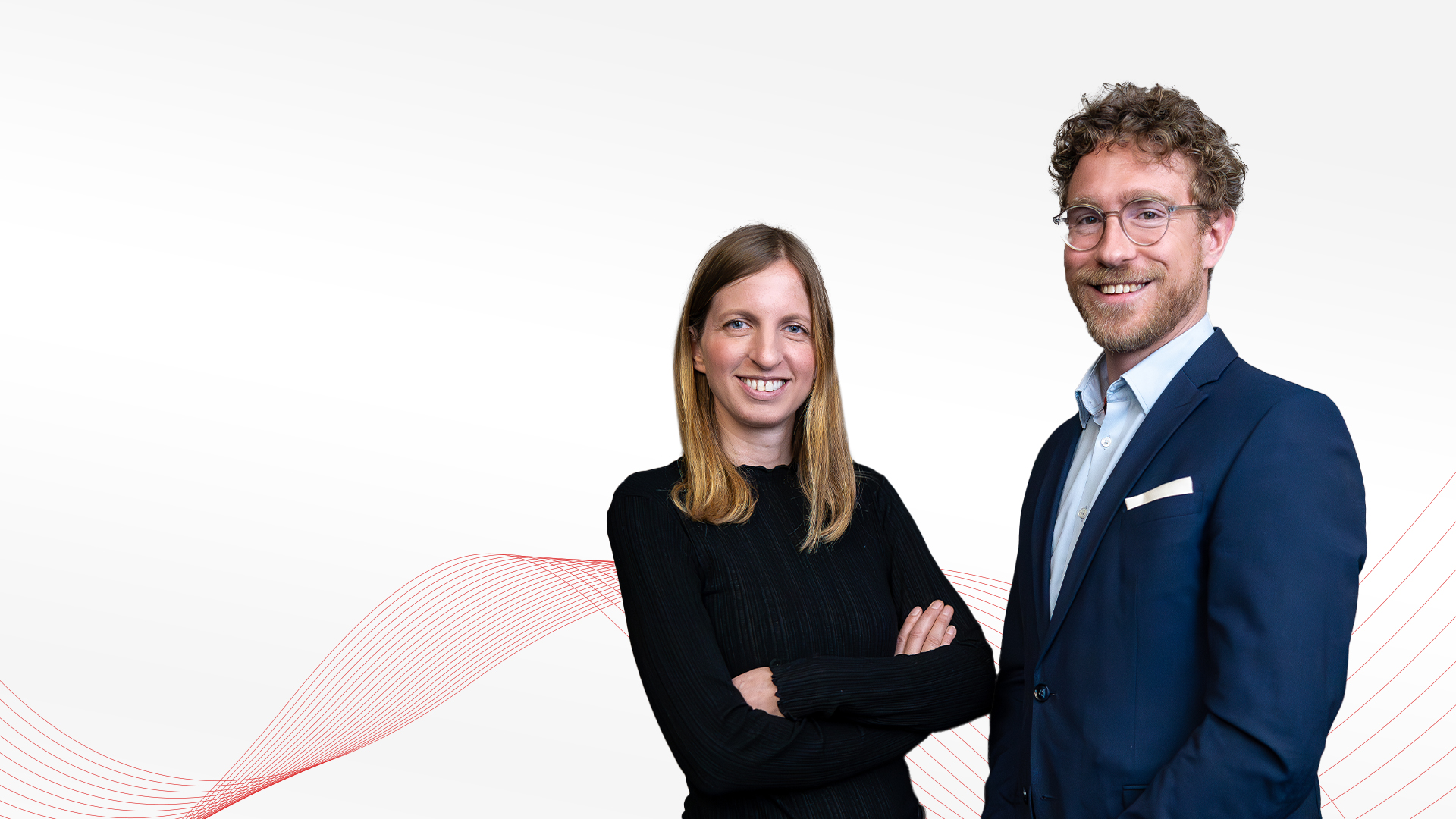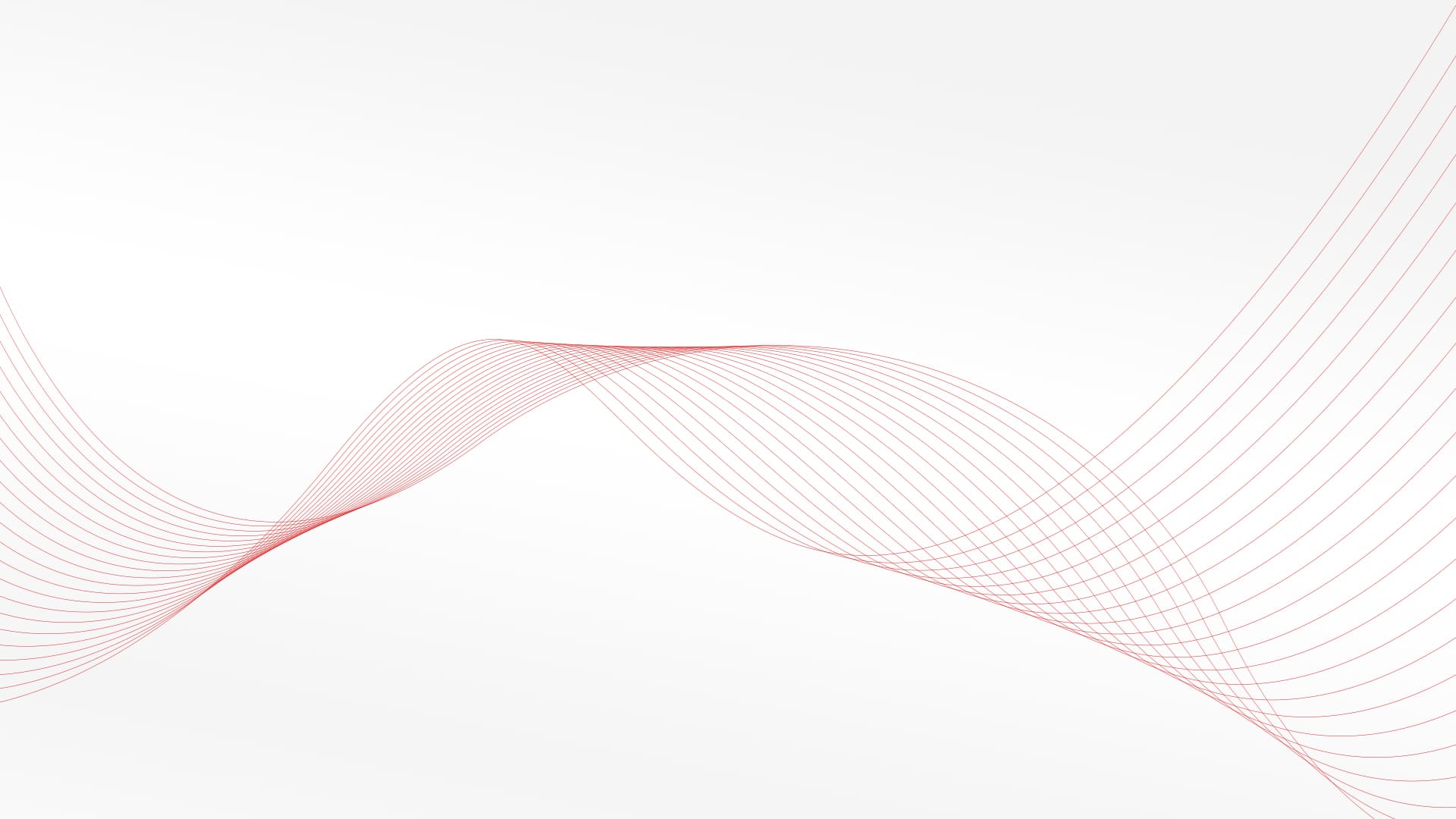Tokenisation gains momentum
Blockchain enthusiasts have been aware of the topic of tokenisation for some time. In 2017, the ICO hype saw many projects raise a lot of money. ICO stands for “initial coin offering” and was the English term for an IPO or “initial public offering”.
Investors who invested in these ICOs soon realised that the actual consideration remained unclear and that there was no legal certainty regarding these token investments. In response, the first STOs were launched. Known as Security Token Offerings, they were designed to bring more legal clarity to tokenisation projects.
At that time, real estate was discovered as a suitable tokenisation project. Not only is it the largest asset class, but fragmentation via blockchain tokens seemed to make sense due to high unit prices. However, it turned out that direct residential property cannot be efficiently transferred digitally until the land registers are on the blockchain. This is not yet the case, which is why these early STO projects have fallen asleep again. They have also simply securitised the debt financing of the property anyway, which has not really reduced the counterparty risk.
In our previous article, we explained the reasons why early tokenisation efforts failed. Several key elements were missing that could have kick-started crypto’s evolution towards new capital markets.
However, tokenisation is currently experiencing a revival, and with it we are seeing more and more concrete use cases being launched. In addition to real estate and equities being brought onto the blockchain, the tokenisation of bonds is also very popular at the moment. BlackRock, the world’s largest asset manager, has recently taken the lead in this area.
Real World Assets (RWAs): What is it?
With the current surge in tokenisation, a new term is gaining traction in the financial world. It is called Real World Assets, or RWA for short. It’s a term on everyone’s lips, but everyone understands it differently.
Basically, RWAs are real assets as we have long known them in the traditional financial world: Stocks, bonds, property and more. But RWAs have a twist. Their underlying real assets are represented by a digital token on a distributed ledger technology (DLT) infrastructure.
The process of creating such a digital token is called tokenisation. This makes it possible to digitally represent the (ownership) rights and performance of real assets directly on the internet using blockchain technology. In addition to the real assets mentioned above, other things can also be tokenised. For example, raw materials of all kinds, works of art, luxury goods or even intellectual property such as patents or music rights.
Advantages of tokenisation
But why would you want to put real assets on the blockchain? The benefits of tokenisation become particularly clear when you consider the challenges of the current financial system.
One of the biggest benefits of RWAs is increased accessibility. Not only can investors more easily invest in a wider range of assets that were previously difficult to invest in. The token issuer can also tap into market segments that were previously inaccessible. In technical terms, this is referred to as a larger “Total Addressable Market” (TAM) and refers to the revenue opportunities associated with a product or service.
From an issuer perspective, there are other benefits. Increased efficiency in post-trading thanks to real-time settlement means that frictional losses can be avoided and counterparty risks minimised. The latter can also be reduced through increased transparency and better traceability of RWAs. The origin of the tokens, and therefore of the underlying assets, is documented and therefore easily traceable.
Are tokenised bonds the way forward?
These and other benefits have now convinced financial giants such as BlackRock and Franklin Templeton. The rise in interest rates has also made the tokenisation of US government bonds in particular more lucrative. As a result, the two financial giants have now tokenised more than $600 million worth of bonds. According to BlackRock CEO Larry Fink, RWAs are the next generation of financial markets.
Bond tokenisation is particularly exciting from a cash flow perspective. Interest and principal payments can be automated and simplified using smart contracts. The fact that a few days ago the asset manager launched the “BlackRock USD Institutional Digital Liquidity Fund (BUIDL)”, a tokenised bond fund via the public blockchain Ethereum, should be another wake-up call for the financial markets.
In Switzerland, there are even public entities that have issued digital bonds. In addition to the canton of Zurich and the cities of Basel and Lugano, St. Gallen has also issued a digital bond worth several million francs.
Digital shares: the future in the here and now
Switzerland is also known for the possibility of legally issuing tokenised shares. In this country, it is permitted to replace the physical certificate and central registers for shares with blockchain-based tokens. The result is a digital share that is legally equivalent to a traditional share.
Thanks to the existence of digital shares, any company can now be securitised. The participation rights can be digitised at the same time as the company is established. Among other things, this creates an interesting means of better incentivising employees and early investors.
The start-up market will become more dynamic, investors can be involved from the beginning, the investment universe will increase and share issuance and custody can be managed without a bank. Various corporate actions can also be simplified. Capital increases or general meetings are possible at the touch of a button.
An overview of the share tokens currently available can be found here. A specific example of this selection is the RealUnit share token. This token differs from traditional cryptocurrencies in that, as a true RWA token, it grants holders the same rights and obligations as a traditional RealUnit Schweiz AG share. Token holders are therefore owners of the investment company and hold shares in the assets of RealUnit Schweiz AG in proportion to the number of tokens they have purchased.
The last piece of the puzzle: secondary markets
Of course, the issuance – i.e. the creation and initial sale – of a financial product is not enough for a tokenised real asset such as a share token to actually achieve mass acceptance. Liquid secondary markets are another important requirement. In the next article, we will take a closer look at how and why Switzerland is predestined to soon have functioning secondary markets for RWAs.
More news from BX Digital
BX Digital is pleased to announce the appointment of Samuel Bisig as Chief Technology Officer (CTO) and new member of the Executive Board.
BX Digital and Future of Finance jointly hosted a roundtable to address a pressing question: “How can tokenisation reshape the future of asset management?”

